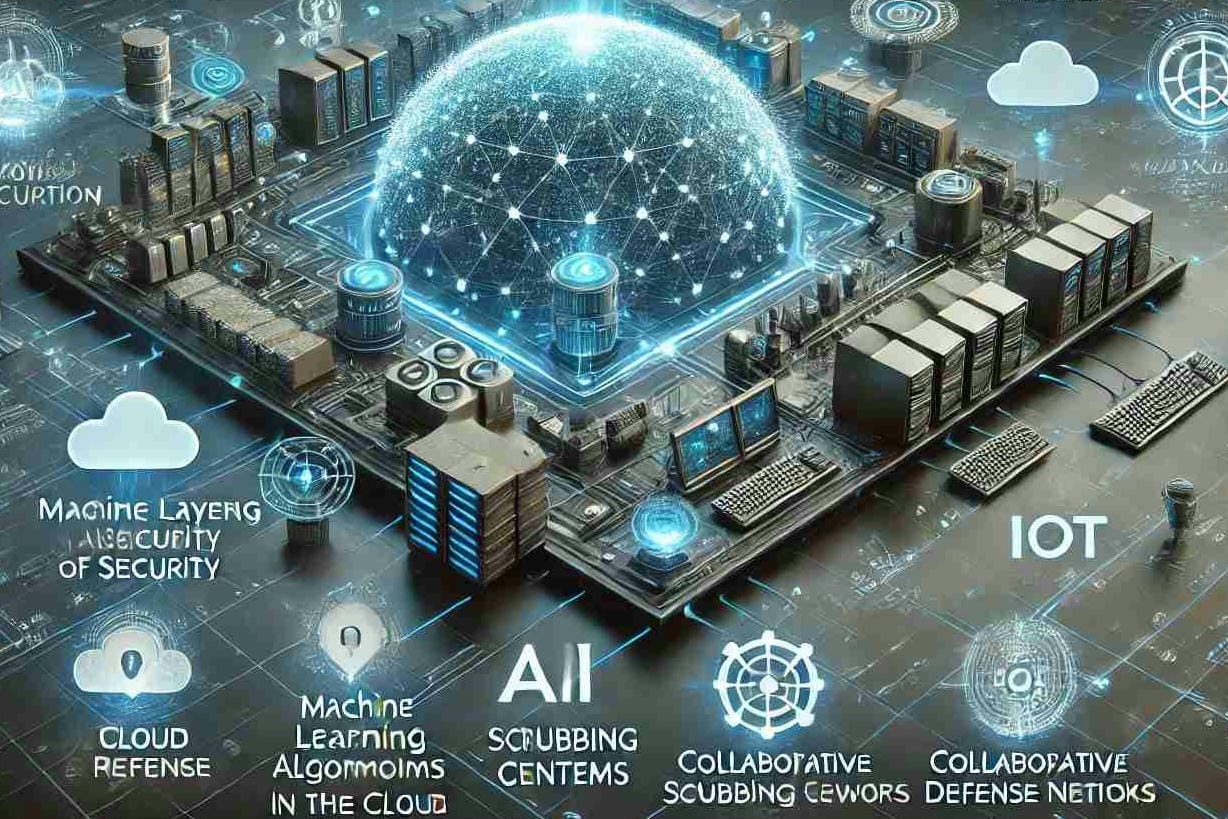06 September 2024
DDoS Protection: Latest Technologies and Future Predictions
In an increasingly digital era, DDoS (Distributed Denial of Service) attacks have become a significant threat to many organizations. These attacks can disrupt services, damage reputations, and cause substantial financial losses. Therefore, advancements in DDoS protection technology are crucial. This article will discuss the latest developments in DDoS protection technology, predict future attack trends and solutions, and examine the challenges in developing DDoS protection technologies.
Recent Developments in DDoS Protection Technology
DDoS protection technology has rapidly evolved in recent years, with various innovations aimed at detecting and mitigating these attacks more effectively. Here are some of the latest developments:
Machine Learning and AI: The application of machine learning and artificial intelligence (AI) in DDoS protection technology allows for faster and more accurate detection of attacks. These systems can learn from previous attack patterns and identify anomalies that may indicate an ongoing DDoS attack.
Scrubbing Centers: Scrubbing centers are specialized facilities used to filter network traffic and remove malicious traffic before it reaches the target network. This technology helps reduce the load on servers and ensures that only legitimate traffic reaches the network.
Advanced Traffic Filtering: More sophisticated traffic filtering technologies can efficiently distinguish between malicious and normal traffic. This includes the use of advanced firewalls and intrusion detection systems (IDS) that can recognize complex attack patterns.
Cloud-based DDoS Protection: Cloud-based DDoS protection solutions offer greater flexibility and scalability. Cloud service providers can offer scalable DDoS protection that meets users' needs, allowing companies to better handle attacks without significant infrastructure investments.
Predicting DDoS Attack Trends and Future Solutions
As technology advances, DDoS attacks are becoming more complex and sophisticated. Here are some predicted attack trends and anticipated future solutions:
Multi-Vector Attacks: Future DDoS attacks are expected to increasingly use multi-vector methods, combining several types of attacks to confuse defense systems. DDoS protection solutions need to be more flexible and adaptive to simultaneously handle various types of attacks.
IoT Attacks: With the proliferation of IoT (Internet of Things) devices, DDoS attacks exploiting IoT vulnerabilities are on the rise. Future DDoS protection must include measures to secure IoT devices and monitor traffic originating from these devices.
Automated Defense Mechanisms: The use of automated defense mechanisms will become more common. These systems can respond to DDoS attacks in real-time without human intervention, reducing response time and minimizing the attack's impact.
Collaborative Defense Networks: In the future, we might see increased collaboration among organizations to share information about DDoS threats and defense strategies. These collaborative defense networks can enable early detection and faster response to attacks.
Challenges in Developing DDoS Protection Technologies
Despite significant advancements, several challenges remain in developing DDoS protection technologies:
Evolution of Attacks: DDoS attacks continually evolve and become more complex. DDoS protection technology developers must always stay one step ahead in identifying and countering new attack techniques.
Scalability: With the increasing number of connected devices, scalability is a major challenge. DDoS protection solutions must handle significant traffic volume increases without compromising performance.
Implementation Costs: Implementing advanced DDoS protection solutions can be very costly, especially for small and medium-sized enterprises. Finding ways to make this technology more affordable and accessible to companies of all sizes is a challenge that needs to be addressed.
Compliance and Regulation: Companies must ensure that their DDoS protection solutions comply with applicable regulations and security standards. This can be particularly challenging for companies operating in multiple jurisdictions with different requirements.
DDoS protection technology has made significant progress and continues to evolve to address increasingly complex threats. Future trends indicate that DDoS attacks will become more sophisticated, but protection solutions will also become more adaptive and automated.
Despite the challenges, advancements in machine learning, AI, and inter-organizational collaboration provide hope that we can manage and mitigate the impact of DDoS attacks more effectively. To remain secure in the future, companies must continuously update and enhance their DDoS protection strategies to stay ahead of the evolving threats.
Is this information helpful?
